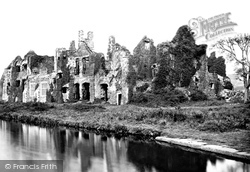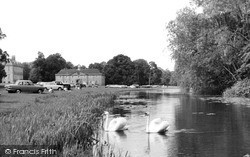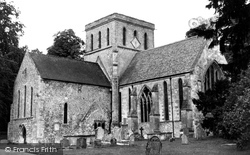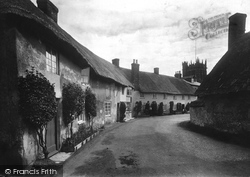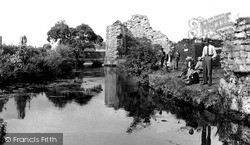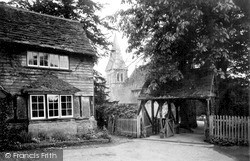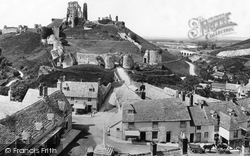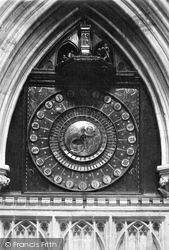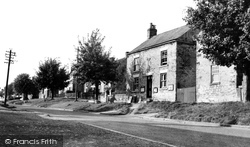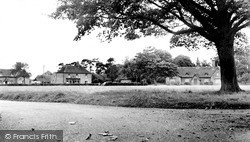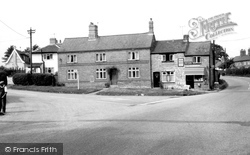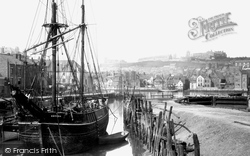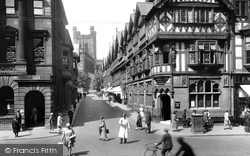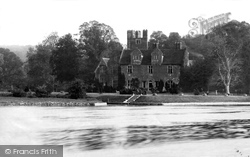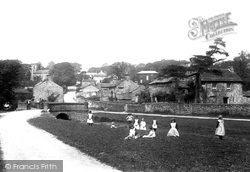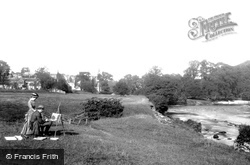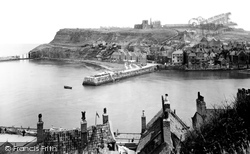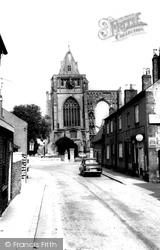Places
2 places found.
Those places high-lighted have photos. All locations may have maps, books and memories.
Photos
23 photos found. Showing results 81 to 23.
Maps
148 maps found.
Books
Sorry, no books were found that related to your search.
Memories
41 memories found. Showing results 41 to 41.
Beanz Dreamz...
Our family moved to Friars Road in the summer of 66, from a damp house in Boothen Green, which looked over toward the Michelin Factory. I was 5 years old. My father Graham was a former art student at Burslem College of Art under the ...Read more
A memory of Abbey Hulton by
Captions
124 captions found. Showing results 97 to 120.
Set on the banks of the Tennant Canal, the Abbey was founded in 1130 by the Norman baron Richard de Granville. John Leland, in the 16th century, described the abbey as 'the fairest in all Wales'.
Set on the banks of the Tennant Canal, the Abbey was founded in 1130 by the Norman baron Richard de Granville. In the 16th century, John Leland described the abbey as 'the fairest in all Wales'.
Pevsner rightly refers to the house (extreme left) as the finest of its date in the county, designed by William Smith of Warwick in 1697 for Sir Roger Cave.
Amesbury dates back to at least 973; it is the nearest town to Stonehenge, and has a population of about 6,000. In 980, Amesbury Abbey was founded for Benedictine nuns.
Henry VIII awarded Russell Woburn Abbey as a reward for service, and his descendants became Dukes of Bedford.
An unusual view of the Abbey Gateway—in the centre—and the bridge over the Cornmill Stream, a tributary of the River Lea, with people relaxing around the broken walls.
The 18th-century Worth Abbey is on the site of a town house called Paddockhurst. It is now run by the Benedictine Order as a monastery and public school.
The abbey is set at the end of a narrow, winding lane a mile out of Richmond, and sits comfortably in the peaceful valley of the River Swale.
Henry VIII awarded Russell Woburn Abbey as a reward for service, and his descendants became Dukes of Bedford.
The astronomical clock, once thought to have been built by Peter Lightfoot, a monk at Glastonbury Abbey, was constructed in 1392 and has three dials.
Nestling just under the hills surrounding the North York Moors is the old settlement of Ampleforth, built around the early abbey of St Lawrence.
It was all done in memory of Sir Joseph Banks, who lived in Revesby Abbey, named after the 12th-century abbey, a Cistercian foundation.
To the east of the village are the earthworks of a moated grange to Garendon Abbey, a Cistercian house founded in 1377.
The parish church and the abbey ruins on the horizon are reached by the 199 steps from the old part of town.
The fine Anglo-Saxon church of St Nicholas was a principal church in pre-Conquest times.The 18th-century Worth Abbey is on the site of a town house called Paddockhurst.
Built of red sandstone, Chester cathedral was founded in 1092 as a Benedictine abbey on the site of an earlier Saxon church dedi- cated to St Werburgh.
Today, many know Bisham Abbey as the training ground of the England football team. Indeed, it is the National Sports Centre with many new specialised buildings, sports pitches, etc.
The parish church and the abbey ruins on the horizon are reached by the 199 steps from the old part of town.
Parts of the church date from the 1400s, and the three bells are said to have come from the Abbey after it was pulled down.
Parts of the church date from the 1400s, and the three bells are said to have come from the abbey after it was pulled down.
Turner and Landseer are just two of the many painters who have been drawn to the sublime scenery around the abbey.
The donkeys have a long walk every day from their field just below the Abbey House, down the donkey path, along Church Street, over the bridge and down Pier Road to the sands.
Paisley Abbey, a Cluniac monastery founded in 1163 and now a charge of the Church of Scotland, has much 14th- and 15th-century architecture and stained-glass windows.
What remains of Crowland Abbey is only a small part of what was there before the Dissolution of the Monasteries. The remains became the small town's parish church.
Places (2)
Photos (23)
Memories (41)
Books (0)
Maps (148)






















